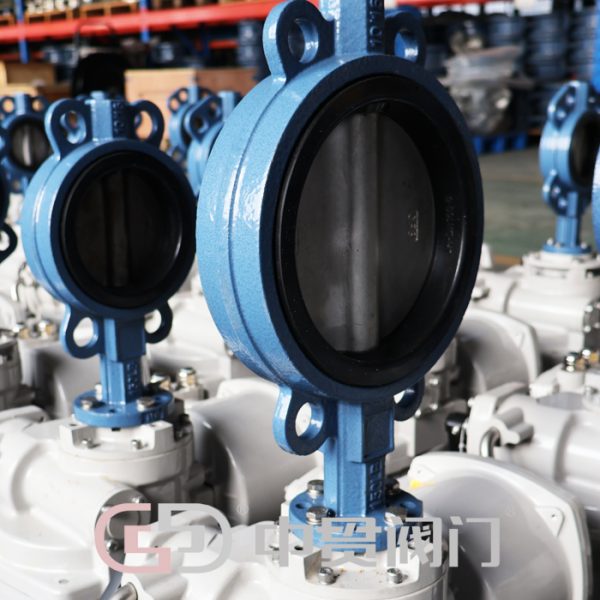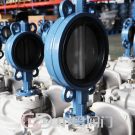Electric Butterfly Valve
Electric butterfly valves are designed to provide efficient and reliable flow control in various industrial applications. They are equipped with electric actuators that allow for remote operation and automation, reducing the need for manual intervention. These valves offer precise control over flow rates, making them suitable for processes where accurate flow control is essential. Electric butterfly valves are easy to install and maintain, making them a cost-effective solution for fluid control systems.
Components of an Electric Butterfly Valve
- Valve Body: The main structure that houses all the internal components. It is typically made from materials like stainless steel, cast iron, or PVC, depending on the application.
- Disc: The rotating component that regulates the flow. When the disc is perpendicular to the flow, the valve is closed; when it is parallel, the valve is open.
- Seat: The sealing surface where the disc rests to ensure a tight closure. It is often made from elastomeric materials like EPDM or PTFE.
- Stem: The shaft that connects the disc to the actuator.
- Electric Actuator: The motor-driven component that automates the operation of the valve. It can be controlled manually or via remote signals.
Applications
Electric butterfly valves are used in a wide range of industries, including:
- Water and Wastewater Treatment: For controlling the flow of water and chemicals.
- HVAC Systems: To regulate air flow in heating, ventilation, and air conditioning systems.
- Chemical Processing: For handling corrosive fluids and gases.
- Food and Beverage: For sanitary flow control applications.
- Power Generation: In cooling water systems and other auxiliary services.
Selection Criteria
When selecting an electric butterfly valve, consider the following factors:
- Size and Pressure Rating: Ensure the valve can handle the system’s flow rate and pressure.
- Material Compatibility: Choose materials that are compatible with the fluid being controlled to prevent corrosion or degradation.
- Actuation Speed: The speed at which the actuator can open or close the valve.
- Control System Compatibility: Ensure the actuator can interface with your existing control system.
- Environment: Consider the operating environment, including temperature, humidity, and exposure to corrosive substances.
Maintenance and Troubleshooting
- Regular Inspection: Periodically check for leaks, wear, and proper operation.
- Lubrication: Ensure the stem and other moving parts are properly lubricated.
- Electrical Connections: Check for secure and clean electrical connections to prevent malfunctions.
- Calibration: Regularly calibrate the actuator to ensure accurate positioning.
Conclusion
Electric butterfly valves provide a reliable and efficient solution for flow control in various industrial applications, offering the benefits of automation and precise control.





